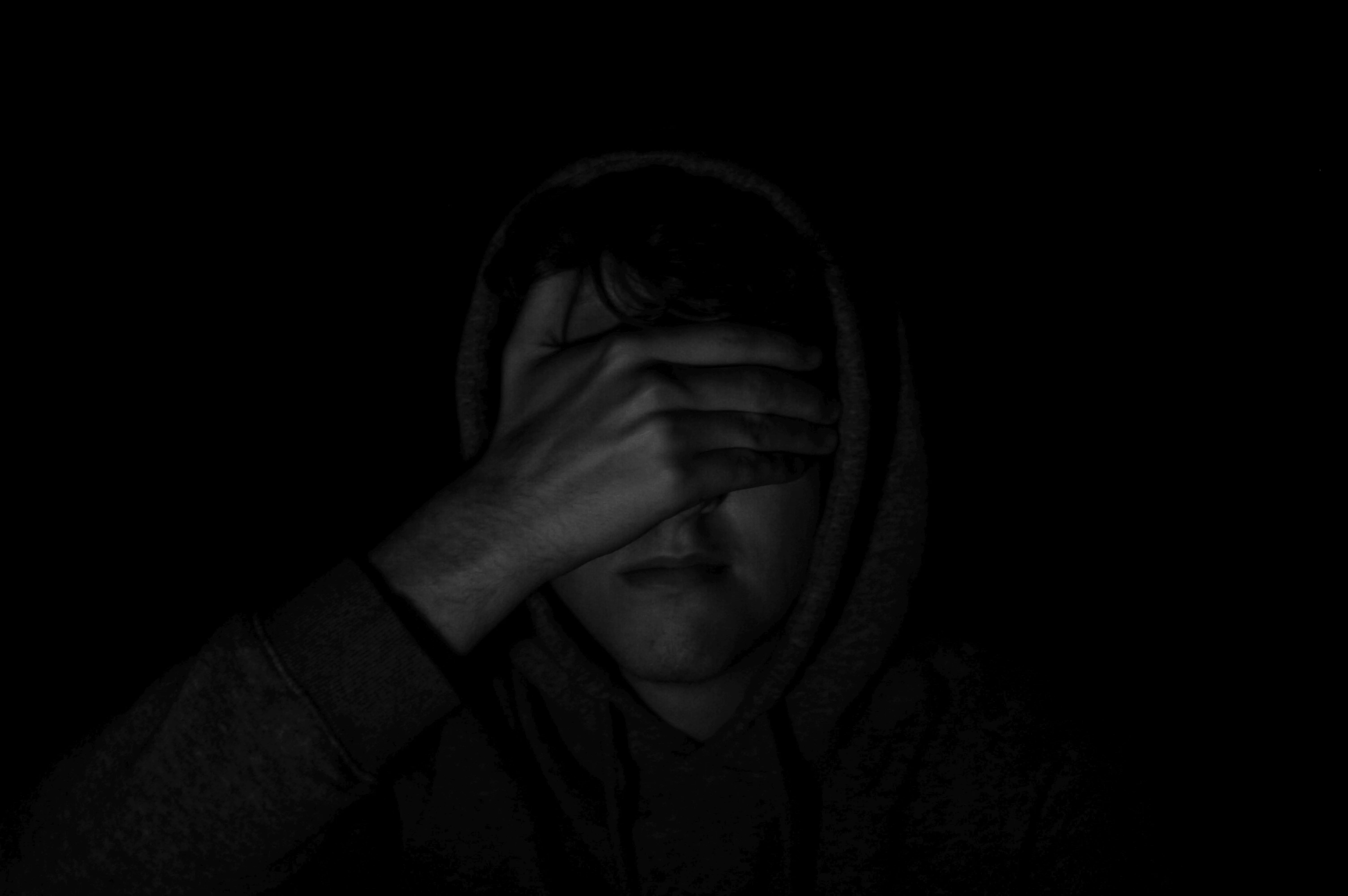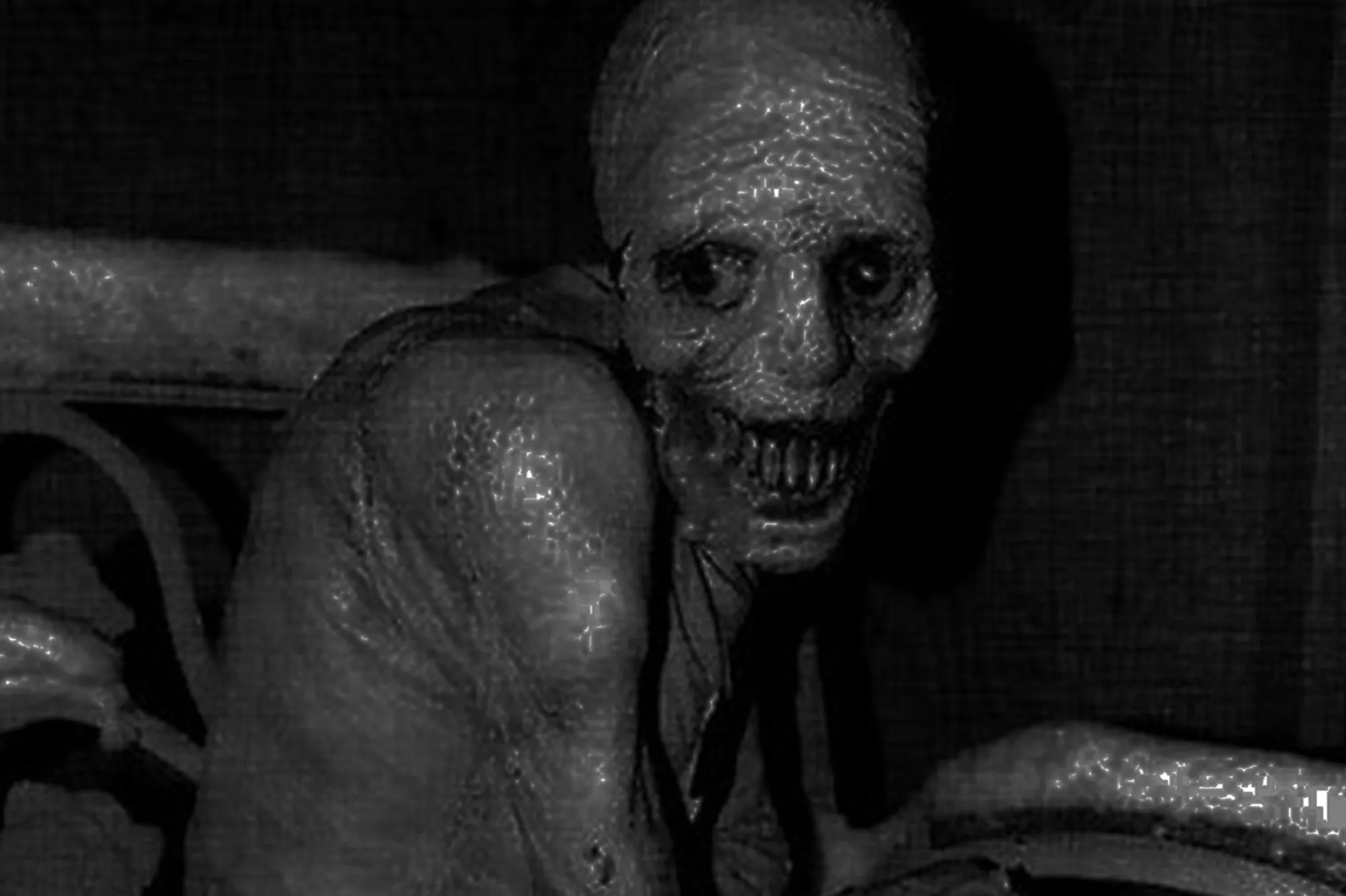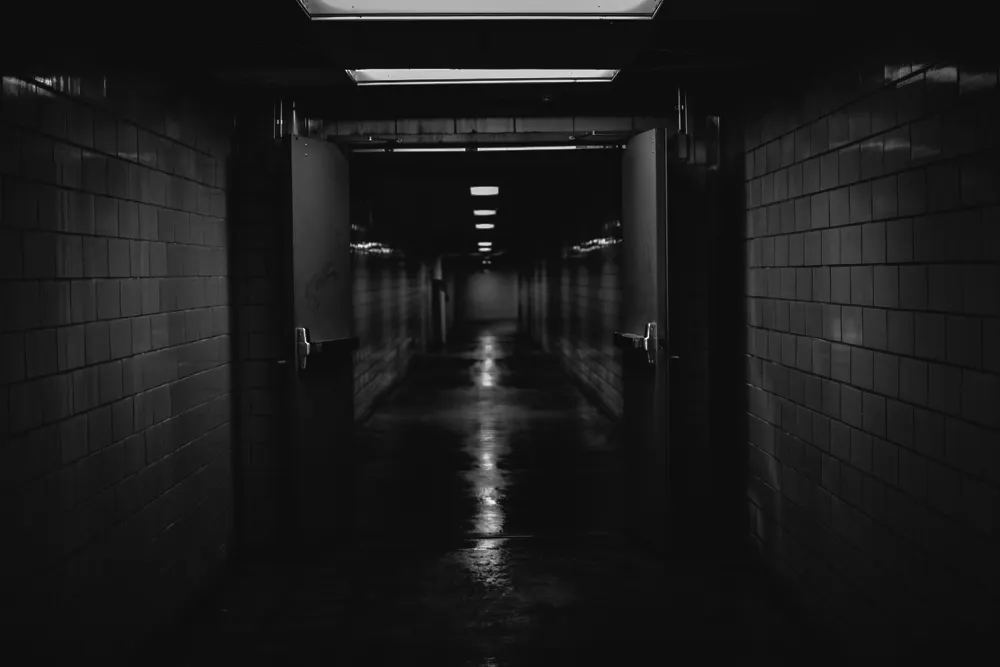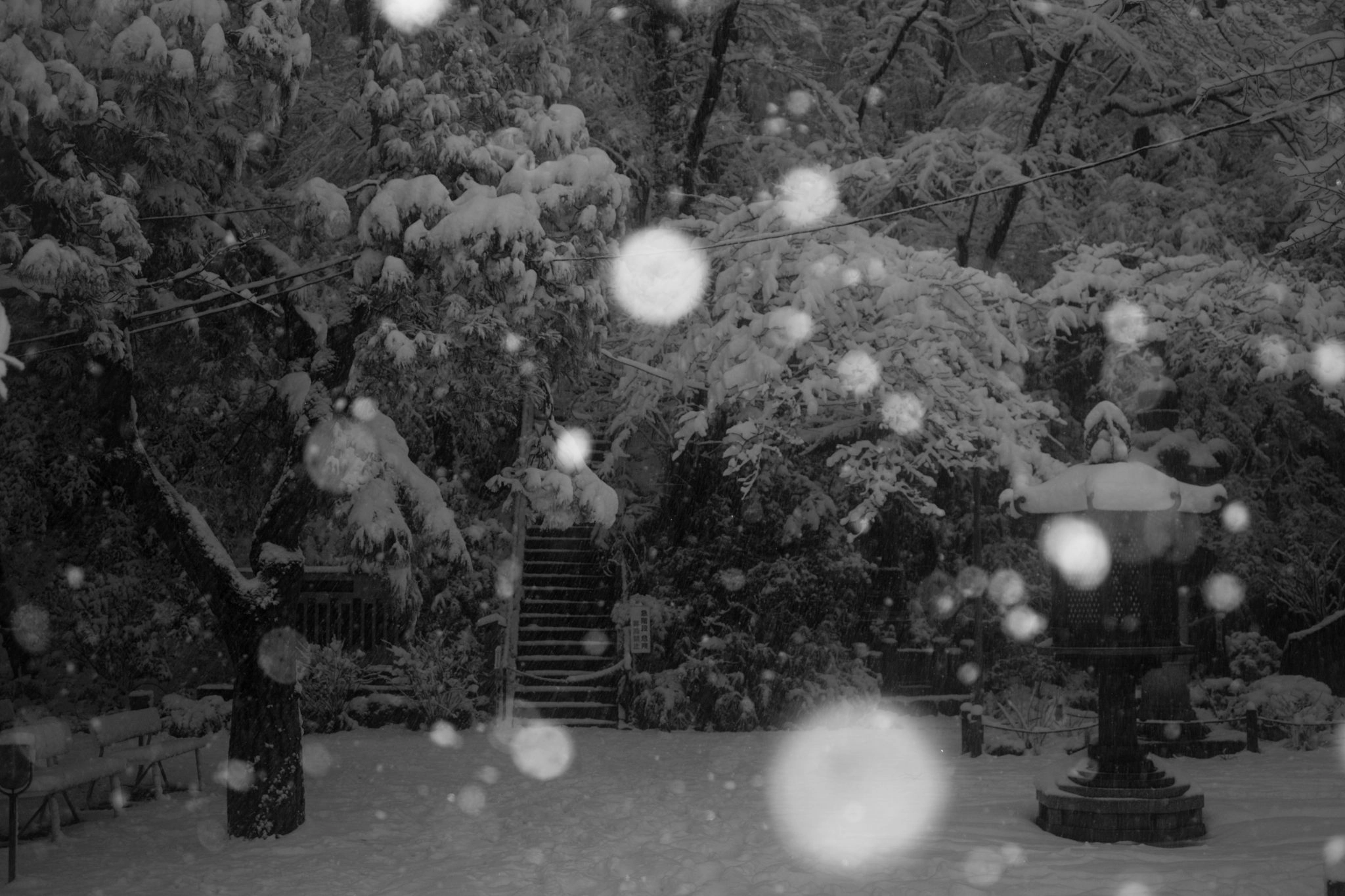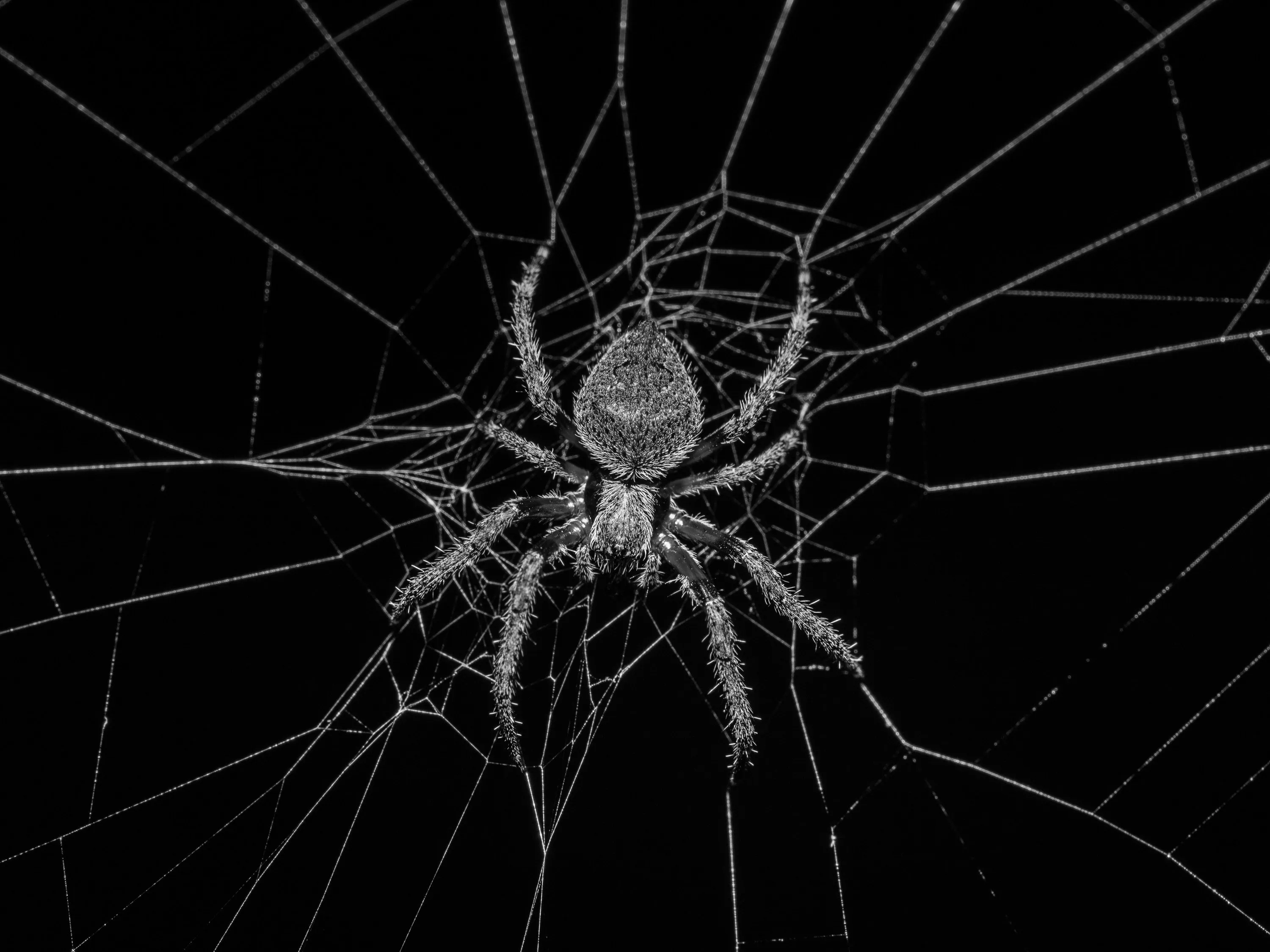The Amityville Horror
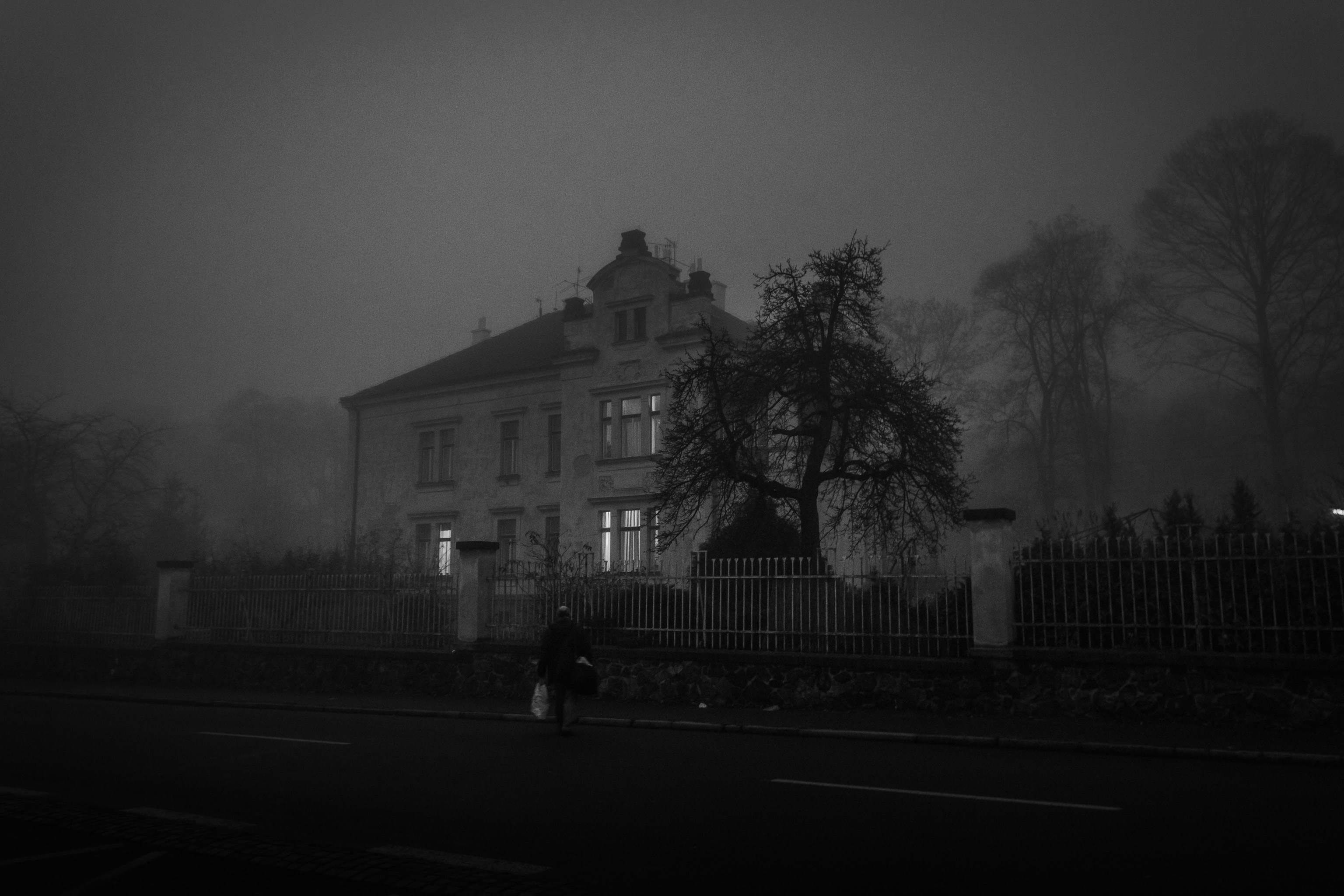
This is the story called the The Amityville Horror, by Jay Anson in 1977 was the driving launch to an average, occasionally intriguing, haunted horror movie franchise. Some of the movies that have come out of this book, I have personally seen. I love reading and watching horror stories, but I had trouble staying focused on this book. Boring!
This book accounts the “real life” happenings of the Lutz family, when they move into a house in a town called Amityville, located in Long Island, New York. The story takes place in 1975. In this house, just a year earlier, a man named Ronald Defoe Jr. murdered his entire family. The unsuspecting Lutz family starts to experience paranormal hauntings.
The original book was marketed as a true story. As a child, I believed that this story was true and that horrified me. I was glad that the side of my house did not have two little scary looking windows that looked like eyes.
George and Kathy Lutz move into a house previously owned by a mass murderer. They are then haunted until they are forced to leave after living there only four weeks. That is the entire story…it is as boring as it sounds.
This book was a very slow burn for me, and I wanted to put it down several times. I found it boring to the point of not retaining what I was reading. I would read a page and not remember what I had just read. I ended up dropping the book and watching the movie instead.
Although marketed as a true story, the line between reality and fiction becomes blurry. There are parts of the story that make me believe this book could be true, but more makes me feel like it is complete fiction.
The family who bought the house after the Lutz family said they never experienced any haunting or supernatural. They also said that they did not see any of the damage to the house that the Lutz family claimed had happened. Is it possible that the Lutz family experienced some sort of haunting? Maybe. Is it likely? Probably not, at least based upon Anson’s telling of the story.

